Discover our English Heritage Colour Collection – inspired by historic properties and timeless design. Visit, explore, and find your perfect shade.
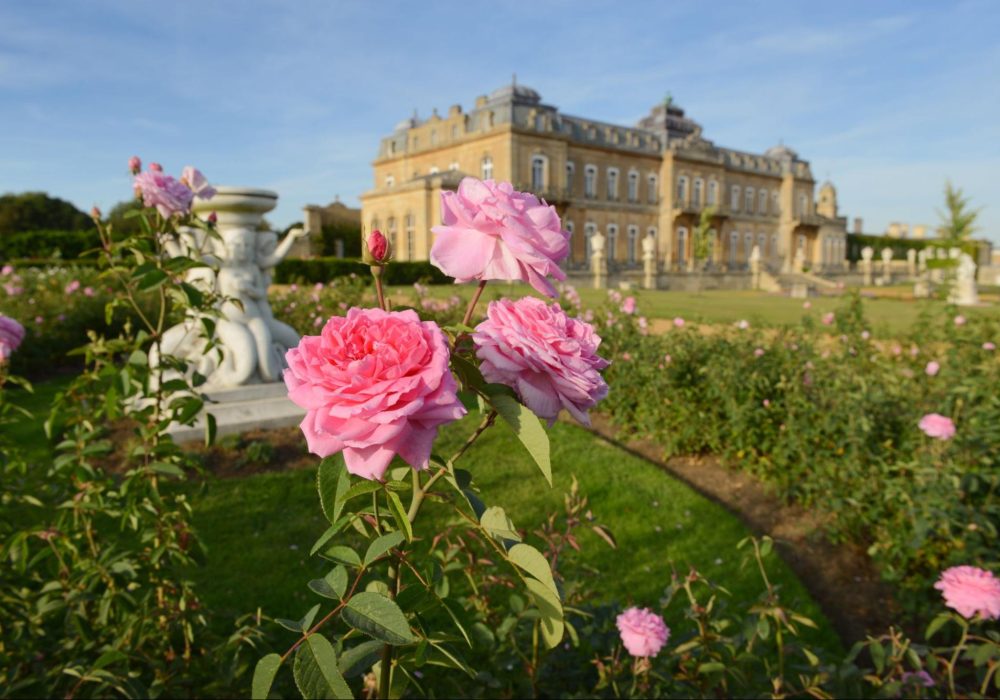
© Historic England. English Heritage Trust
Breathable exterior painting tips for late-summer home revamps
Late summer offers one of the best windows of the year for exterior painting. The days are long, the temperatures are steady, and there’s just enough warmth to ensure paints cure properly before the weather turns.
When it comes to heritage homes, the choice of paint matters just as much as the colour. Traditional masonry requires breathable systems that protect the fabric of the building This is where Graphenstone’s GCS Exterior, a fully breathable silicate masonry paint, provides the perfect solution.
Here’s how to get the best results when painting exteriors in the late-summer season.
Why Breathable Paint is Essential for Heritage Properties
Historic homes were built with solid walls designed to “breathe.” Unlike modern cavity construction, they regulate moisture by allowing vapour to pass naturally through the surface. Conventional paints and film-forming coatings disrupt this process, trapping moisture and leading to blistering, flaking, dampness, or even structural damage.

Exterior walls painted in Clotted Cream.
By contrast, mineral-based paints work with lime render, lime plaster, stone, and brick. They allow vapour to evaporate freely while offering durability and a traditional matt appearance — qualities essential for conservation projects.
Tip: Always check the wall construction before painting. Heritage and conservation areas often require breathable finishes.
Choosing the Right Paint for Heritage Exteriors
Our Recommended Product:
GCS Exterior is a Class 1 vapour-open silicate paint designed for use on historic masonry and older buildings.
- Mineral silicate composition – fully breathable (SD Class 1)
- Fire resistant – classified A2-s1, d0, suitable for projects requiring flame-retardant finishes
- Heritage suitability – maintains the character of traditional façades
- Durable matt finish – ultra-low 2% sheen for authenticity
With a coverage of 10–14m² per litre, and suitable for brush, roller, or spray application, GCS Exterior is both practical and sympathetic to heritage construction.
These shades sit comfortably on period architecture, from Georgian townhouses to rural cottages. To see the range in situ, explore the full Graphenstone Exterior Range or order a Free Colour Card.
How to Prepare Exterior Surfaces
Good preparation ensures a finish that lasts for years to come.

Exterior walls painted in White Sage.
Step 1: Clean the Surface
Remove dirt, cobwebs, and loose material with a stiff brush. Treat algae or moss with a fungicidal wash.
Step 2: Repair and Stabilise
Check for cracks, failing mortar, or friable render. Repair these before painting. For dusty or chalky substrates:
- Ambient Primer L42 – a vapour-open stabilising primer that equalises porosity, ensuring the paint bonds evenly across lime render and heritage masonry.
Step 3: Work with the Weather
Avoid painting in direct sunlight. Protect the finished surface from rain for 4-5 days following drying.
Application Tips for Listed & Period Homes

For most breathable exterior paints, two coats are recommended for an even, durable finish. Always apply to a sound, dry, and clean substrate, ideally using a breathable primer if the surface is new or particularly porous. Apply in thin, even layers.
Choose your tools carefully:
- Long-pile rollers for rough masonry
- Medium -pile rollers for smooth render
Further Reading on Breathable Paint
Greenshop Paints recently explored Breathable Paint for Old Houses: Why It Matters & What to Use — a detailed guide that complements the tips here. Their article dives deeper into SD values and natural paint types, helping homeowners understand the science behind breathability.

FAQs on Breathable Heritage Paint
What is breathable exterior paint?
A coating that allows vapour to pass through, supporting natural moisture regulation in walls.
Can I use breathable paint on modern homes?
Yes — while essential for heritage properties, breathable paint can also be used on newer buildings with masonry or render finishes.
Can breathable paint stop damp in old houses?
Yes — by preventing moisture entrapment, it helps avoid mould and damp issues.
How long does breathable paint last outdoors?
Applied correctly, it can last many years. Longevity depends on exposure, substrate, and maintenance.
Do I need a primer for breathable paint?
Yes, if the surface is new, chalky or use Ambient Primer L42 to stabilise the surface.
Is GCS Exterior fire-resistant?
Yes, it holds a fire classification of A2-s1, d0, making it suitable where flame resistance is required.
Is breathable paint more expensive?
Often comparable to premium modern paints, but its longevity makes it a better value long-term.
Graphenstone Paints is proud to be in partnership with English Heritage, the charity that cares for more than 400 of England’s most cherished historic sites. For every purchase made, a proportion of the proceeds will go to English Heritage and help to preserve more than 400 of the charity’s historic sites across the country.
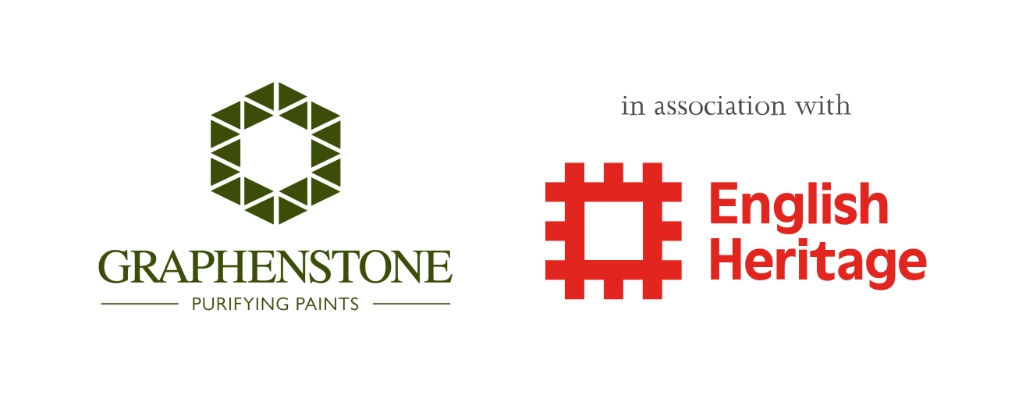





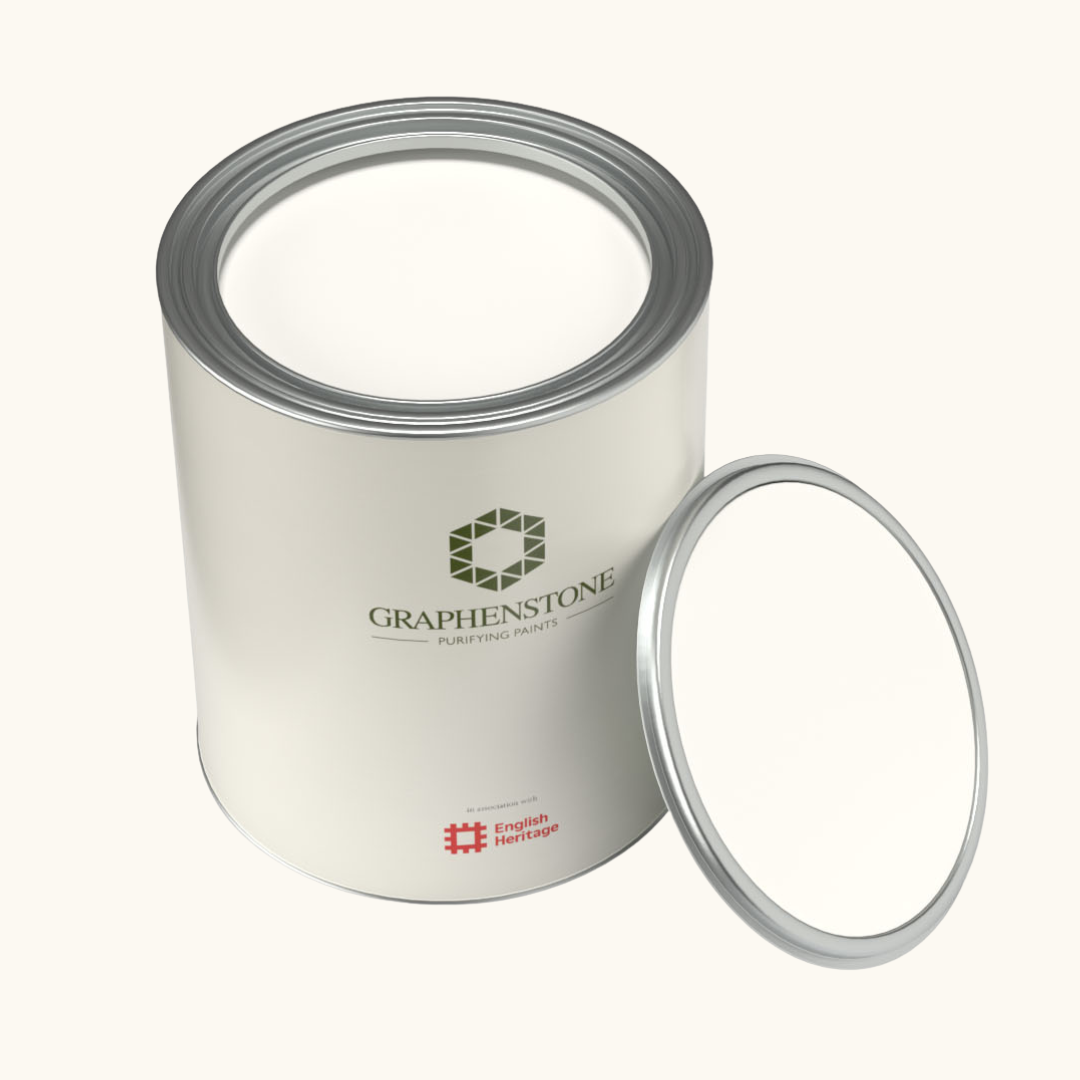
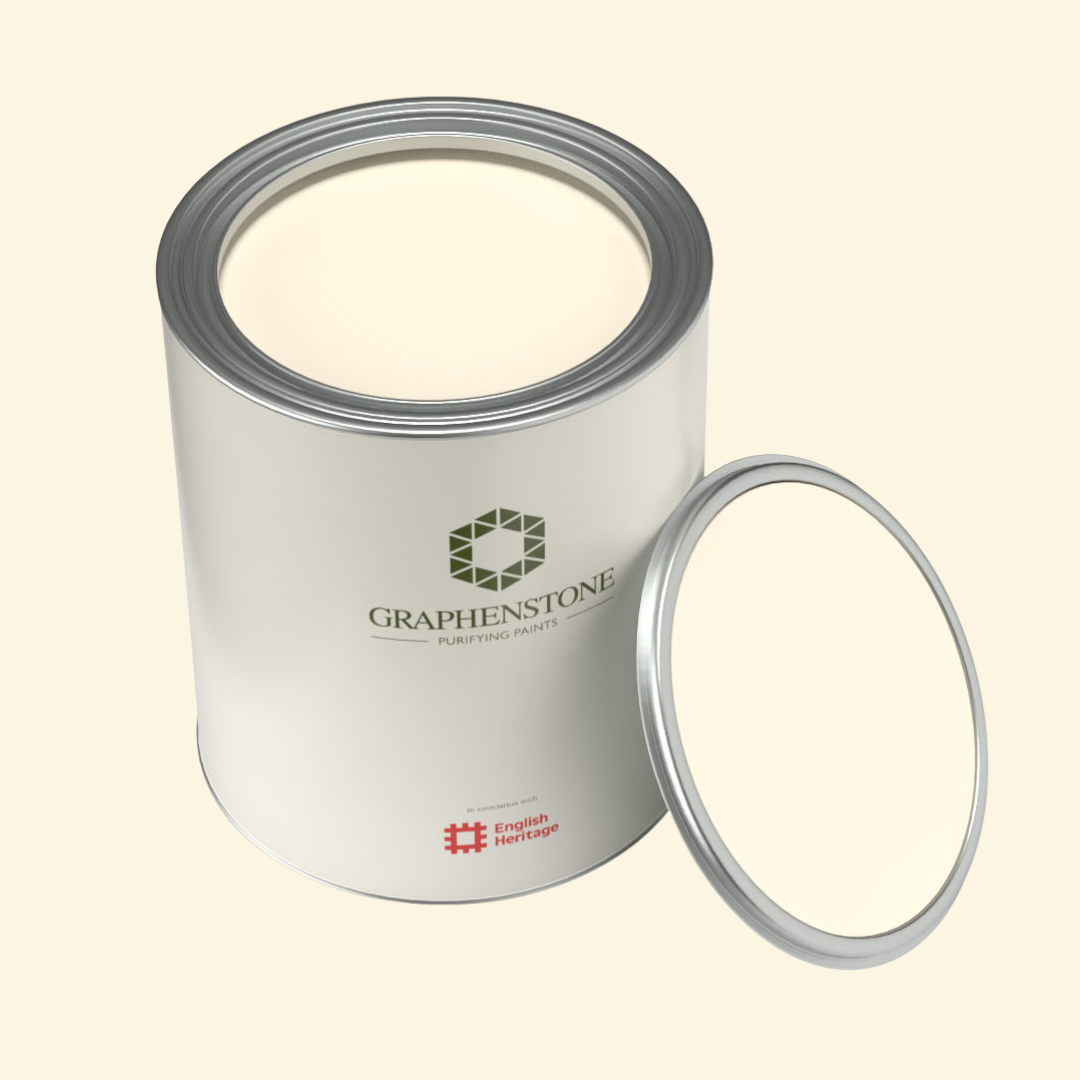
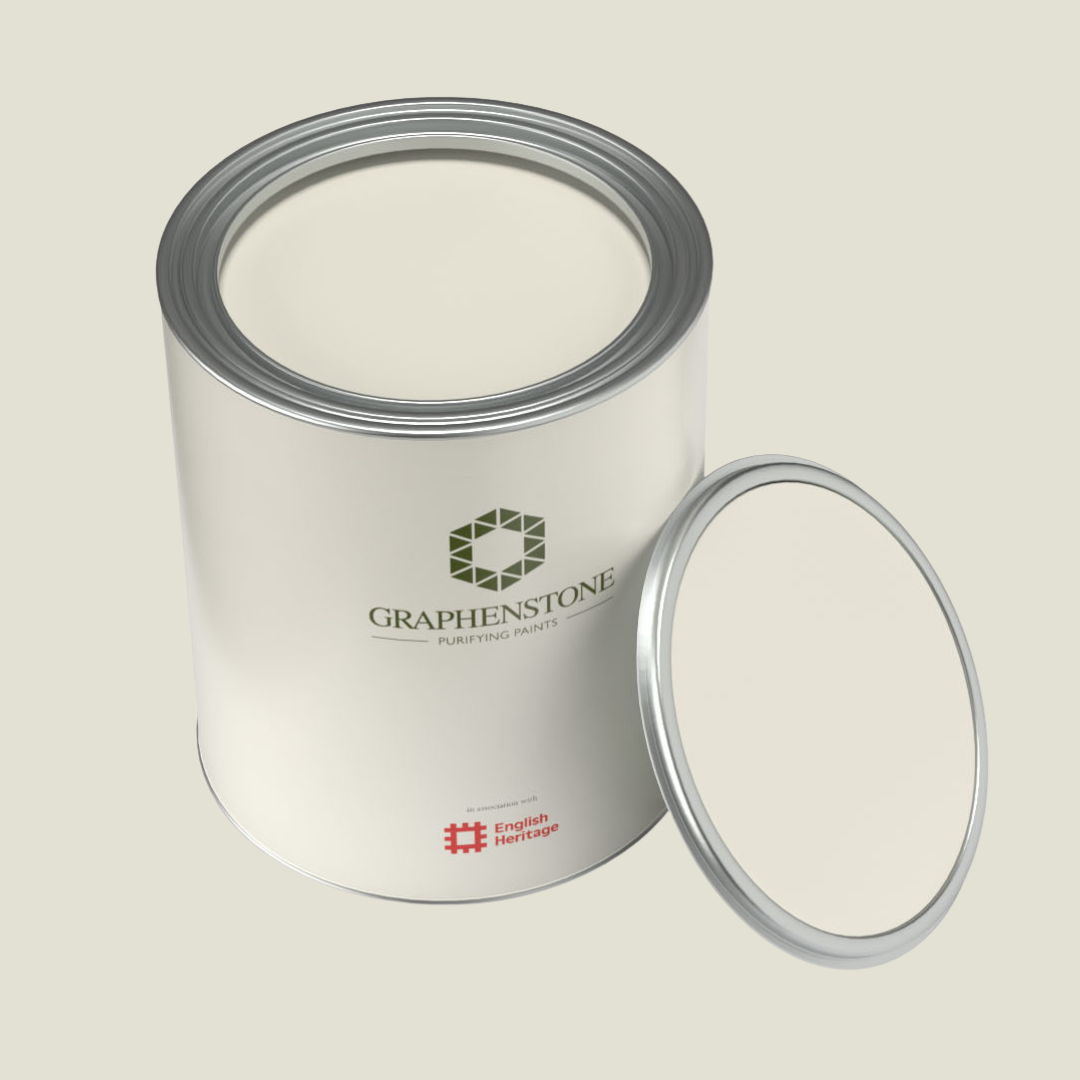
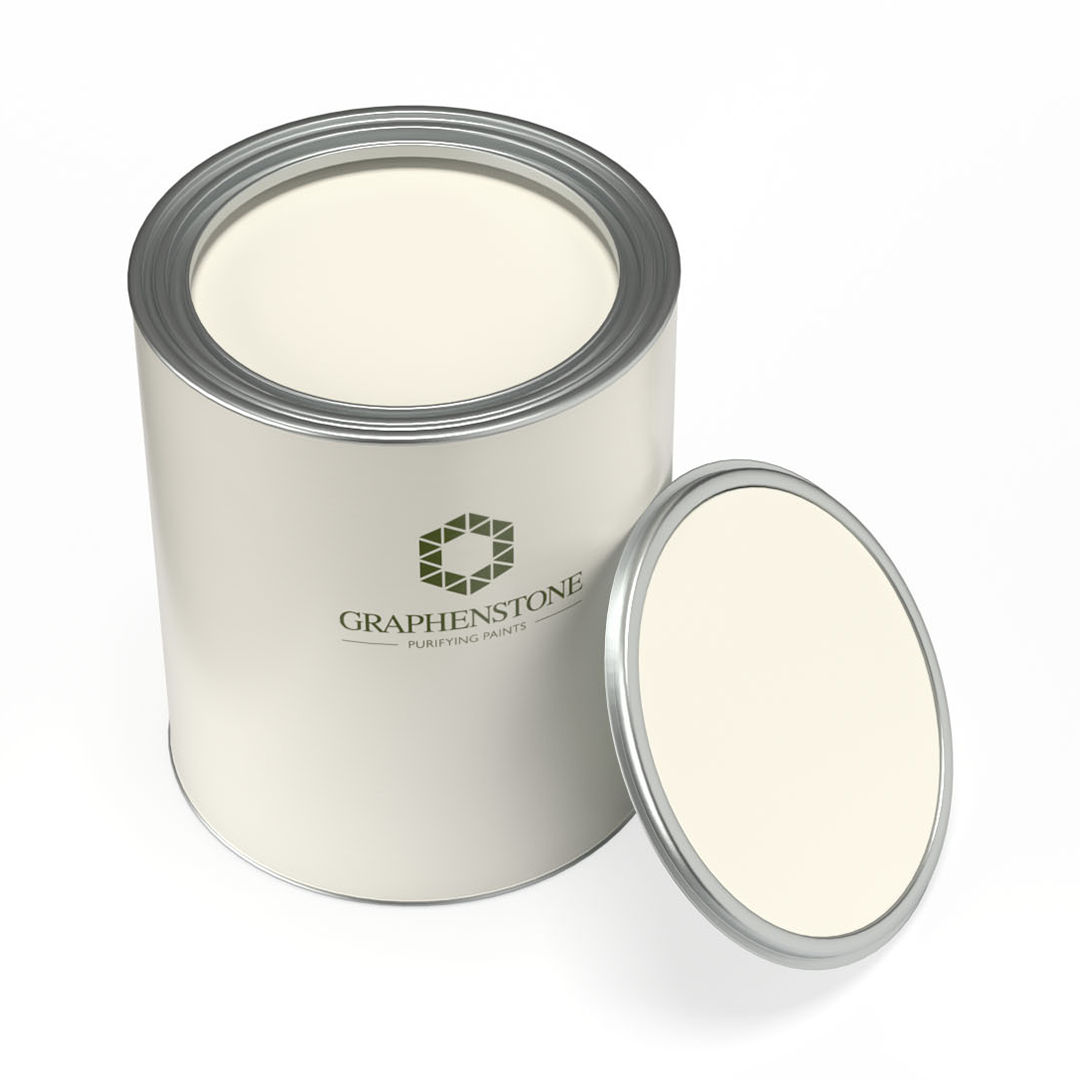
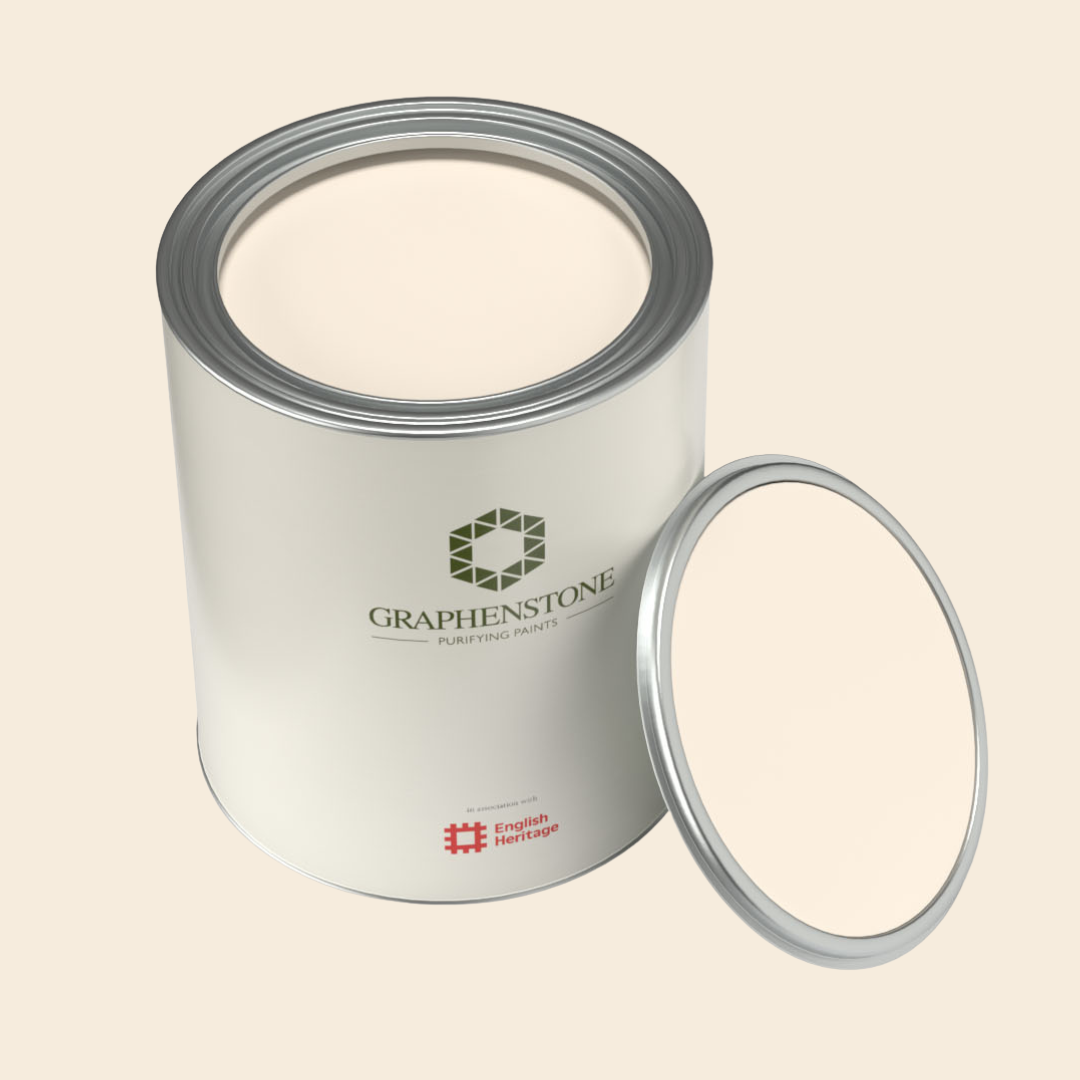
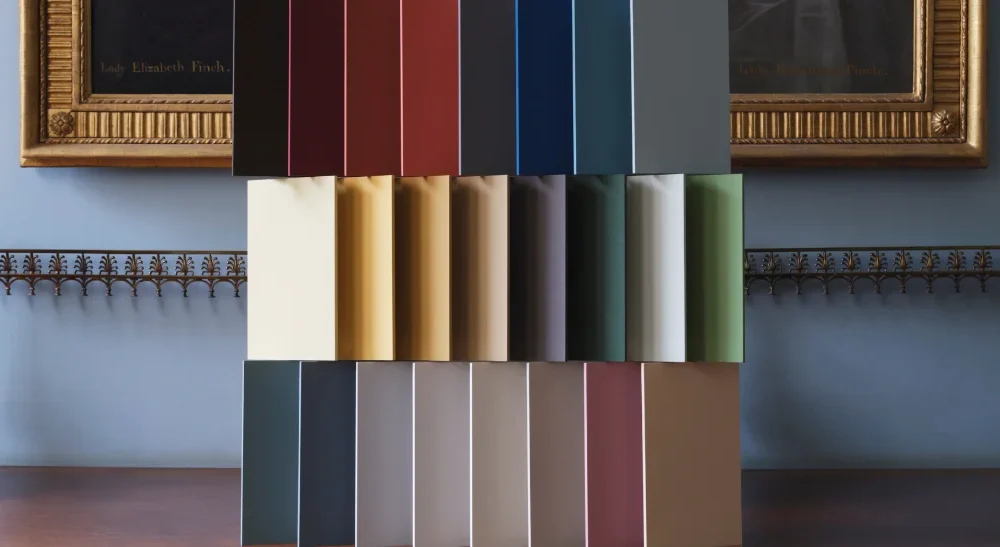
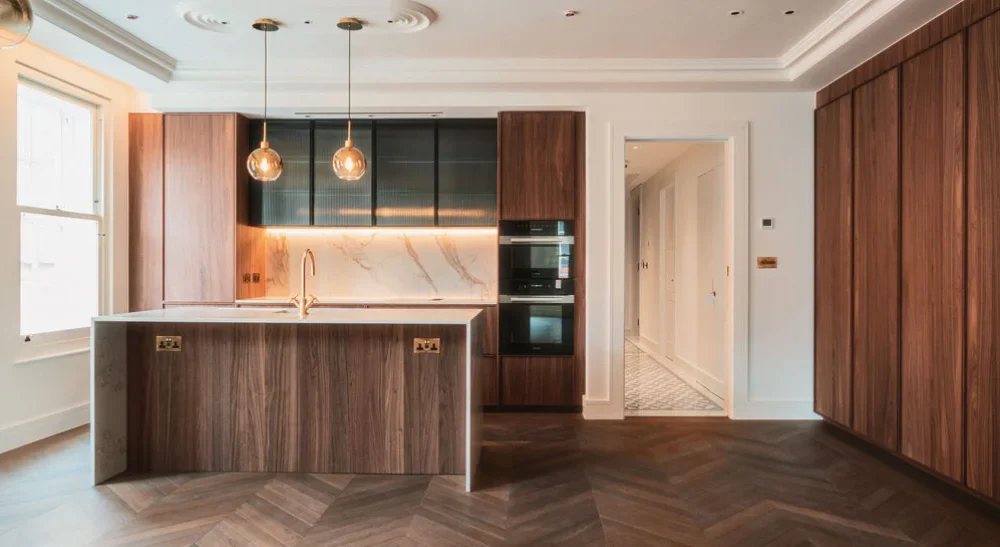
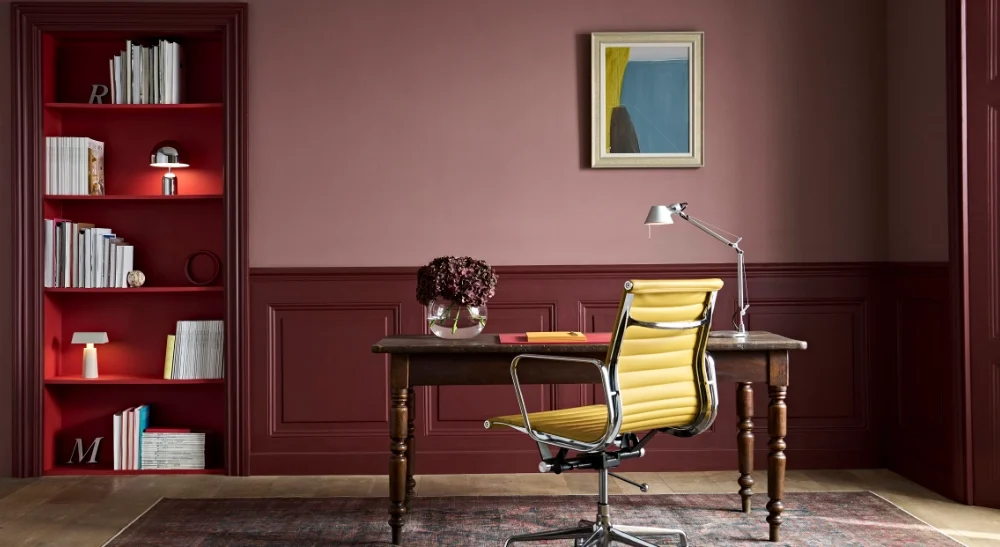


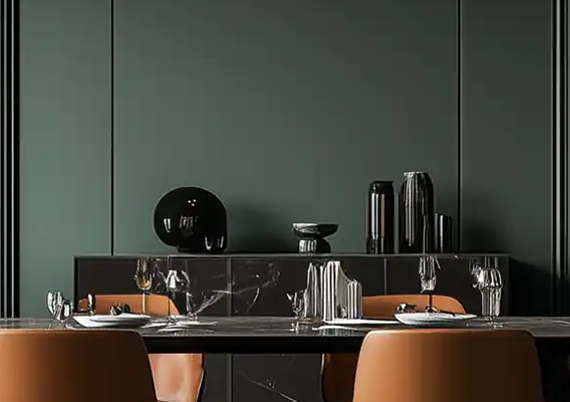

Comments (0)